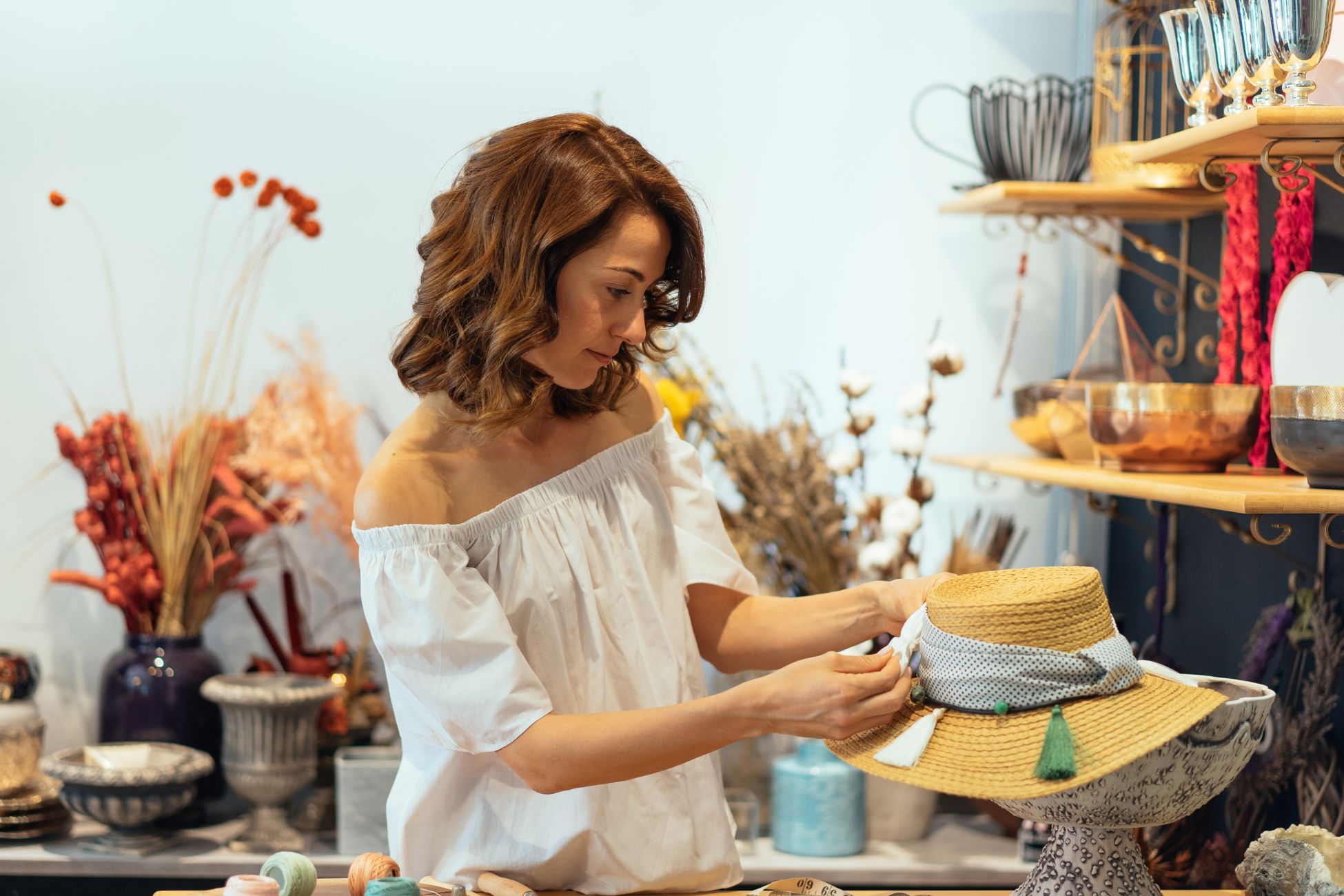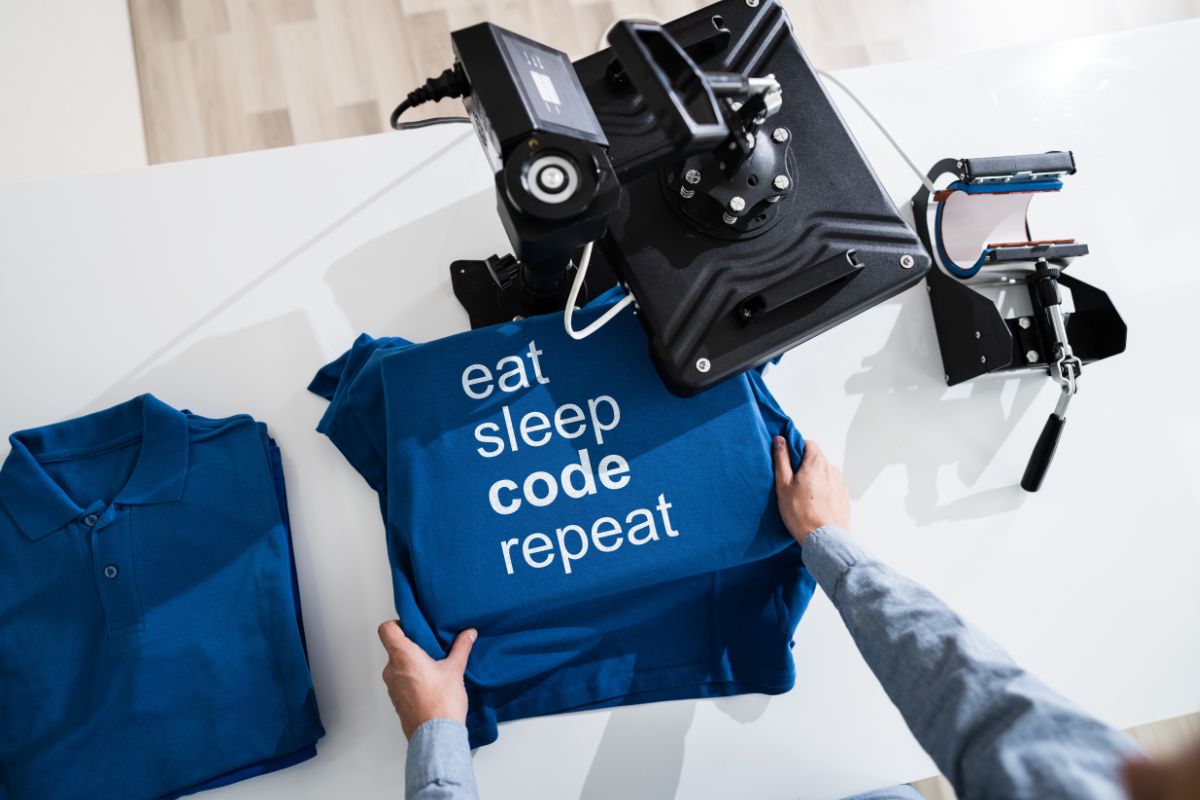Exploring the realm of hat design is a journey through style, function, and personal expression. As you contemplate your own foray into hat design, consider the vast array of possibilities that await. Whether you aim for the classic elegance of a fedora or the casual flair of a baseball cap, your design ideas can emanate your unique creative vision. Materials play a crucial role, from luxurious felt for winter warmth to lightweight straw for summer comfort, ensuring that your hat is not only stylish but aptly suited to the season.
Innovation in hat design often stems from playing with shapes, textures, and embellishments. You might be inspired to incorporate vibrant patterns or subtle hues into your creations, drawing on current trends or timeless aesthetics. Beyond mere adornment, practical elements like adjustable straps or water-resistant fabrics offer utility and cater to the modern wearer’s needs. Remember, each hat holds the potential to become a statement piece or a treasured addition to everyday attire.
Understanding Hat Types
When exploring various hat designs, you’ll encounter styles suited for function, fashion, or both. Each type carries distinct features and design elements that cater to different preferences and needs.
Baseball Caps
Baseball caps are a staple in both casual and sportswear. Their defining characteristics include a rounded crown and a curved bill. You’ll find them in two main constructions: fitted, which are sized to fit the head precisely, and adjustable, often featuring a snapback mechanism. The classic baseball cap often has a structured front, ensuring the cap retains its shape.
Beanie and Knit Hats
Beanies and knit hats are your go-to for warmth and comfort during colder months. Beanies are typically form-fitting, without a brim, and can be rolled up at the cuff for style or to adjust the fit. They can have a simple design or include intricate patterns and textures. Knit hats vary in thickness and weave, affecting both their appearance and insulating properties.
Trucker and Snapback Hats
Trucker hats and snapback hats share a similar structure but differ in their back panel design. Trucker hats usually feature a mesh back which provides excellent ventilation, paired with a snapback closure for an adjustable fit. Snapback hats refer to the closure itself and can be found on a variety of cap styles, not exclusive to trucker hats, allowing you to adjust the size for comfort.
Custom Hat Varieties
If you’re looking for a unique cap, custom hat designs allow for endless creativity. From customizing the bill, be it flat or curved, to personalizing the front with embroidery or prints, the options are vast. Whether you opt for a fully structured hat that holds its shape or an unstructured one for a more relaxed fit, custom hats give you the freedom to express your style.
Design Foundations
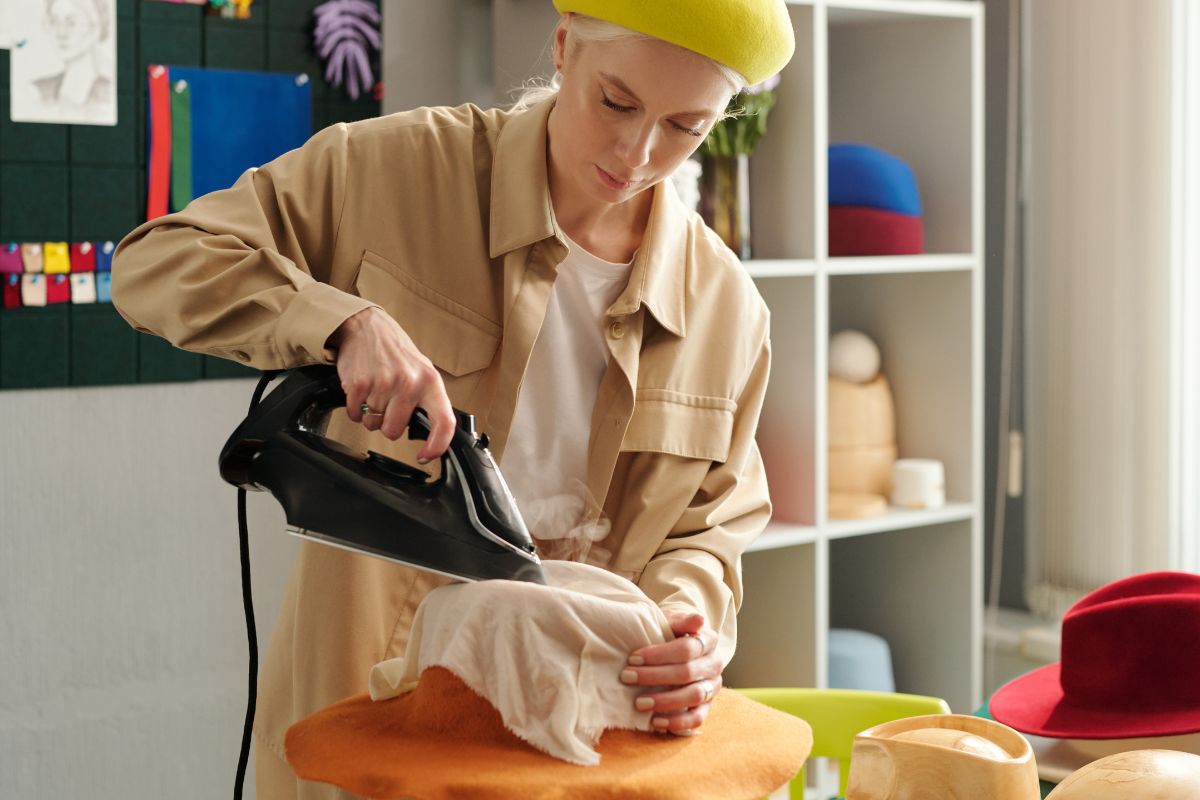
In the world of hat design, the foundation you lay down determines the balance between aesthetics and functionality. You’re about to explore the critical elements that serve as the bedrock to creating a hat that stands out for its design and style.
Basic Hat Anatomy
Understand the anatomy of a hat to ensure structural integrity. High crowns offer a dramatic flair, while low profiles are subtler. A medium crown height is versatile for general wear. Remember that structured hats retain shape more rigidly, whereas unstructured ones adapt to the shape of the head.
Selecting Materials
Choose your materials wisely. Corduroy imparts a vintage touch, perfect for cool weather. In contrast, mesh allows for breathability, suitable for warmer climates. Your choice of materials will directly influence the hat’s comfort, durability, and suitable use cases.
Color and Textures
Incorporate monochrome designs to achieve a modern, minimalist look, or introduce multiple colors for vibrancy. Text color should complement or contrast well with the base. Examine how the hat’s texture interplays with light, as this can alter the perception of color and overall design.
Design Elements Overview
Your hat can feature various design elements such as logos, imagery, line drawings, and patches to reflect a brand or personal identity. Strategically place these elements to ensure they’re visible but don’t compromise the hat’s form. Bold elements draw attention, while subtle ones can convey sophistication.
The Design Process
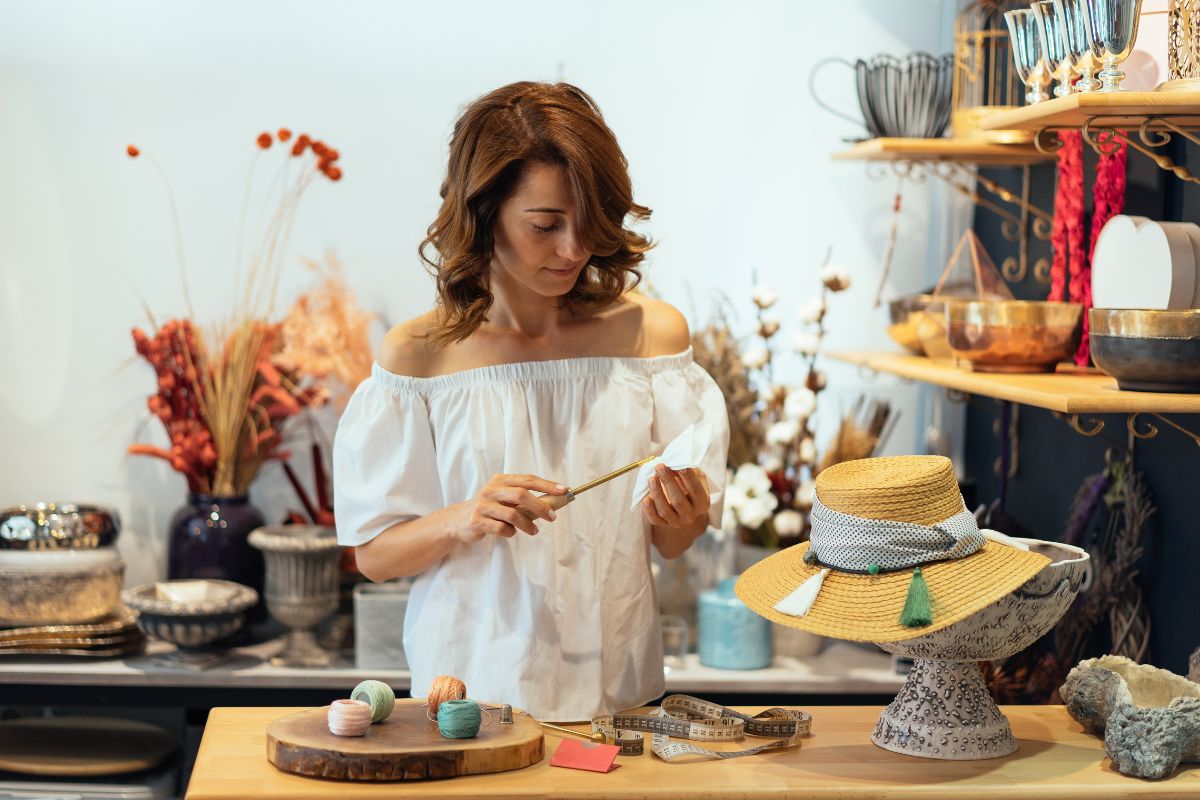
In fashion, particularly in the realm of hat design, the design process is an intricate journey from the first spark of inspiration to the final product. Such a journey marries creativity with practicality, ensuring your custom hat design ideas not only represent a unique fashion statement but also hold up to functional scrutiny.
Conceptualizing Ideas
When you start conceptualizing ideas for your hat design, begin with a broad vision and distill it into a cohesive concept. Consider current trends, timeless styles, and how your hat can serve as a personal branding tool. Custom hat design ideas should reflect the wearers’ personality and stand out as a fashion statement in their own right.
- Inspiration: Look at historical trends, art, and nature.
- Branding: Tie in elements that align with personal or corporate branding.
Graphic Design Techniques
Next, apply graphic design principles to bring your hat design ideas to light. Whether you’re creating a simple beanie or an elaborate statement piece, the proficiency in graphic design software can elevate your concept. Utilize graphic design techniques to experiment with patterns, colors, and textures that will make your design pop.
- Software Proficiency: Familiarize yourself with tools like Adobe Illustrator or Photoshop.
- Visual Elements: Pay attention to line, shape, color, texture, and typography.
Creating Mockups
Once your graphic elements are refined, it’s time to create mockups. A mockup is a prototype that allows you to visualize how the design translates from screen to textile. This step can save time and resources before moving into production.
- Functionality: Ensure the mockup represents both style and comfort.
- Adjustments: Use the mockup phase to make necessary changes to improve wearability and aesthetics.
By following these steps, you can navigate the design process for your hat with confidence, ensuring the final product is as stylish as it is high-quality.
Personalization and Customization
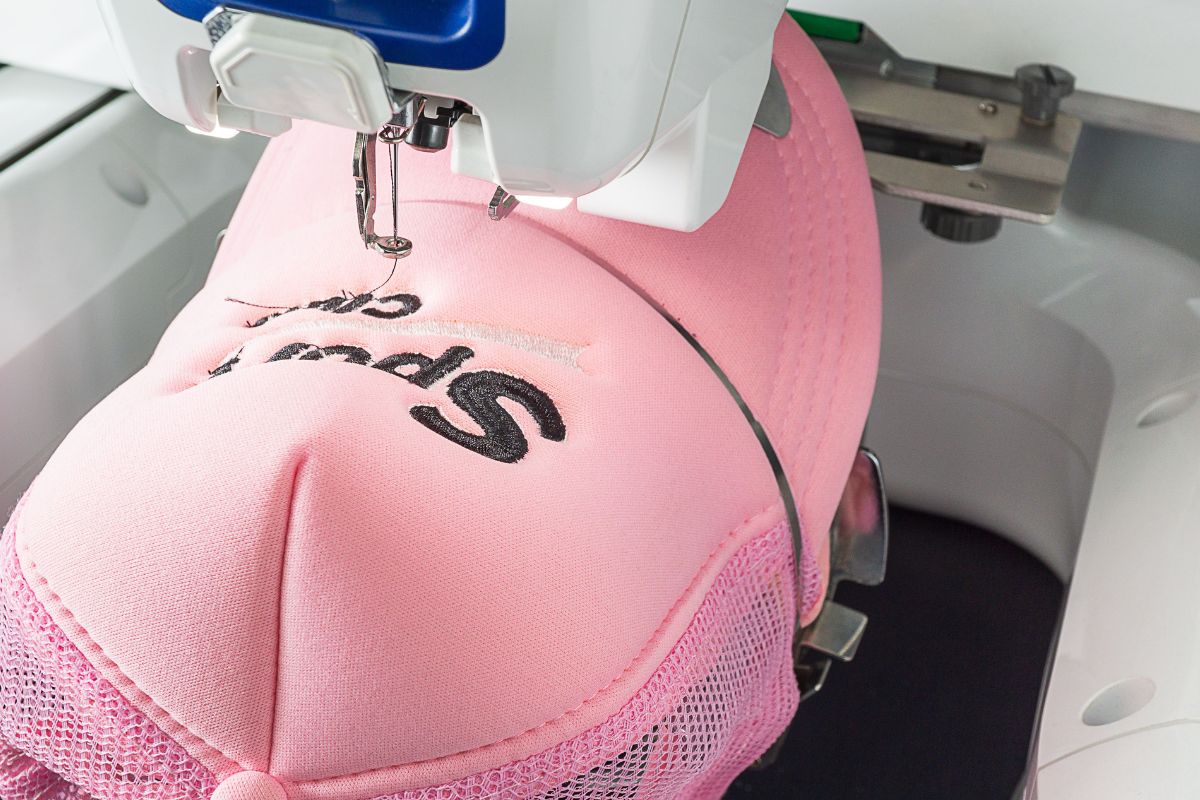
When you personalize and customize a hat, you’re creating a unique piece that stands out. Whether it’s for a baseball team, a business event, or personal style, the options to make a hat your own are plentiful.
Adding Logos and Branding
You can add your company logo or branding to hats to create a cohesive and professional look. Baseball hats with logos are particularly popular as they offer a classic canvas for your brand. Positioning can vary from the front and center to the flanks or even the back for subtler placement.
Embroidery and Printing Methods
Consider embroidery for a durable and textured feel on your custom hats; it’s ideal for both text and logos. For more intricate designs or when working with a range of colors, screen printing can be a cost-effective choice. Both methods ensure your design is clearly and professionally presented.
Incorporating Text and Fonts
Selecting the right font and text color is crucial for readability and impact. Your message or slogan could be straightforward, like “Say Something,” or it could be a playful or thoughtful phrase that represents your brand. Keep font styles legible and colors contrasting against the hat for maximum effect.
Budgeting and Production

When you embark on hat design, managing your budget and understanding production processes are pivotal to success. Knowing the cost factors and choosing the right production methods will directly affect your bottom line and the quality of your final product.
Cost Factors
Your hat design’s budget hinges on several cost factors. First, materials influence costs significantly. Whether you opt for premium leather or cost-effective cotton will dictate expenses. Your decoration method—be it intricate embroidery or bold screen printing—also affects the budget due to varying equipment and labor costs.
- Materials: Leather, cotton, synthetic blends
- Decoration: Embroidery (higher cost, more detail); Screen Printing (lower cost, less durable)
Remember to factor in printing if you’re incorporating patterns or logos. High-quality printing can be costly, but it adds a professional touch to your hats.
Choosing Production Methods
As you select a production method, consider the trade-offs between different techniques. Screen printing may reduce costs for large batches but may not capture detail like embroidery. Conversely, embroidery offers a rich, textured appearance but can escalate production time and cost.
- Embroidery: Best for detailed, luxurious designs
- Screen Printing: Ideal for simple, bold patterns on large orders
Weigh your options between in-house production, which gives you greater control, and outsourcing, which might save on initial equipment investment but could increase per-unit costs. Your budget and desired output quality should guide this choice.
Working with Design Professionals
When you’re looking to elevate your hat design, working with experienced professionals can provide valuable insights and high-quality results. You can choose to hire a professional designer for dedicated support or crowdsource multiple creative inputs through a design contest.
Hiring a Professional Designer
Engaging a professional designer ensures that you have an expert who can translate your vision into a tangible product. When hiring a designer, consider the following:
- Portfolio Review: Examine their past work to ensure that their style aligns with your brand and vision.
- Clear Communication: Express your expectations, deadlines, and any specific design elements you require.
A professional’s expertise can often be seen in their mastery of design activities and how they align with your expectations.
Organizing a Design Contest
Hosting a design contest can yield a diverse array of ideas, allowing you to select the one that best fits your needs. To run a successful contest:
- Define Requirements: Clearly state what you’re looking for in a hat design, including themes, elements, and restrictions.
- Set Guidelines: Provide a detailed brief and rules for participation.
- Judging Criteria: Establish how the designs will be evaluated to maintain transparency.
A design contest not only fosters creativity but also provides a platform for designers to showcase their skills under competitive circumstances.
Cultural and Trend Influences
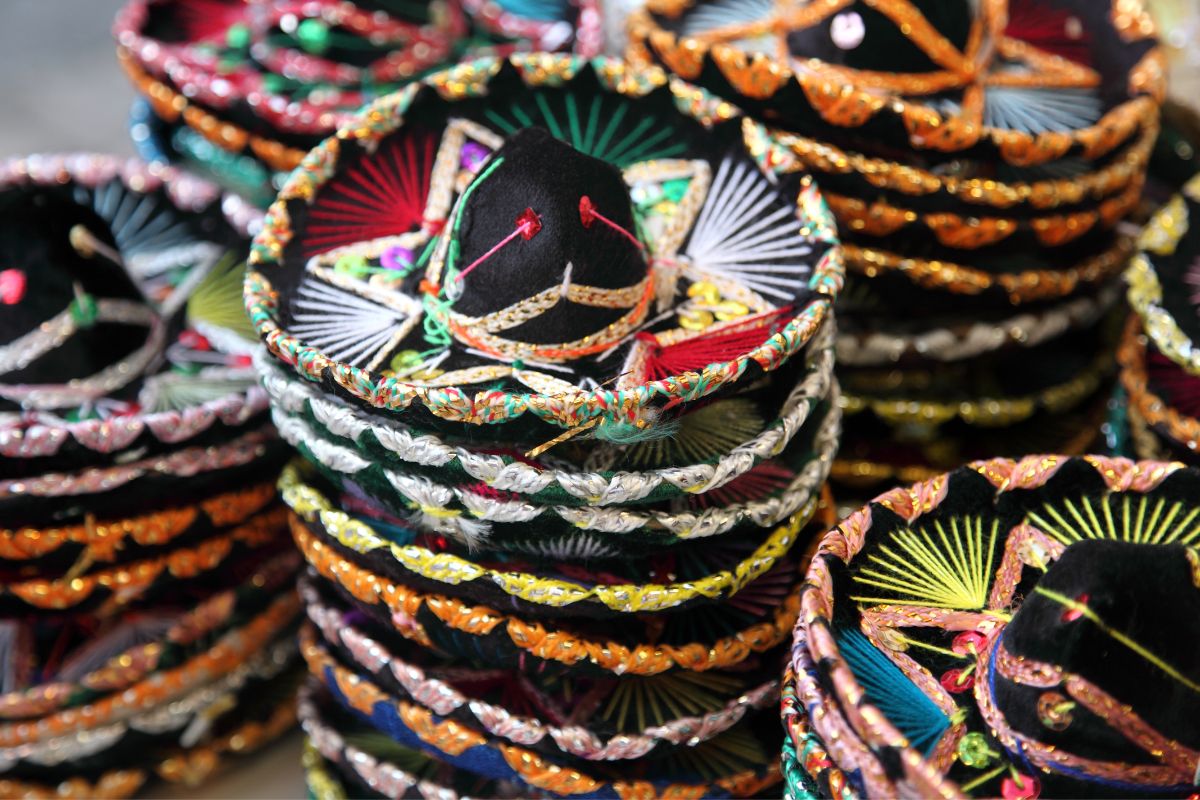
When exploring hat design, you’ll notice how deeply your style choices are influenced by both vintage aesthetics and contemporary trends. The designs you embrace can serve as a fashion statement, with roots in cultural traditions or the pulse of modern culture.
Vintage and Cultural Inspiration
Your pursuit of vintage-inspired hats taps into a rich history of fashion, often revisiting classic styles that have withstood the test of time. Cultural designs from different eras and regions provide a timeless quality, like the elegance of the 1920s cloche hats or the structured formality of a Victorian top hat. These iconic pieces not only reflect historical periods but also embody the cultural narratives of those times, allowing you to make a fashion statement that’s anchored in history.
For example, Jackie Kennedy’s pillbox hats from the 1960s signify a union of simplicity and sophistication that has re-emerged in today’s fashion scene. This blend of antiquity and relevance ensures that vintage-inspired hats are more than just accessories; they’re historical artifacts worn boldly in the modern age.
Modern and Trending Styles
As you shift your focus to modern and trending styles, you’ll see how contemporary hats reflect current cultural and design influences. This segment of hat fashion is dynamic, featuring ever-changing designs that echo street culture, high-fashion runways, and even influences from social media trends. Trends like wide-brimmed fedoras or beanies resonate with what’s fashionable now, often borrowing elements from diverse cultures and reworking them into something new yet familiar. These styles often make bold statements—a visual representation of your personal brand and identity.
It’s here that innovation in design and materials comes to the forefront, with sustainability and technology influencing what you wear on your head. The integration of eco-friendly fabrics and smart wearable technology into hats are just a few examples of how today’s trends are molding the future of hat design.
Marketing and Selling Custom Hats
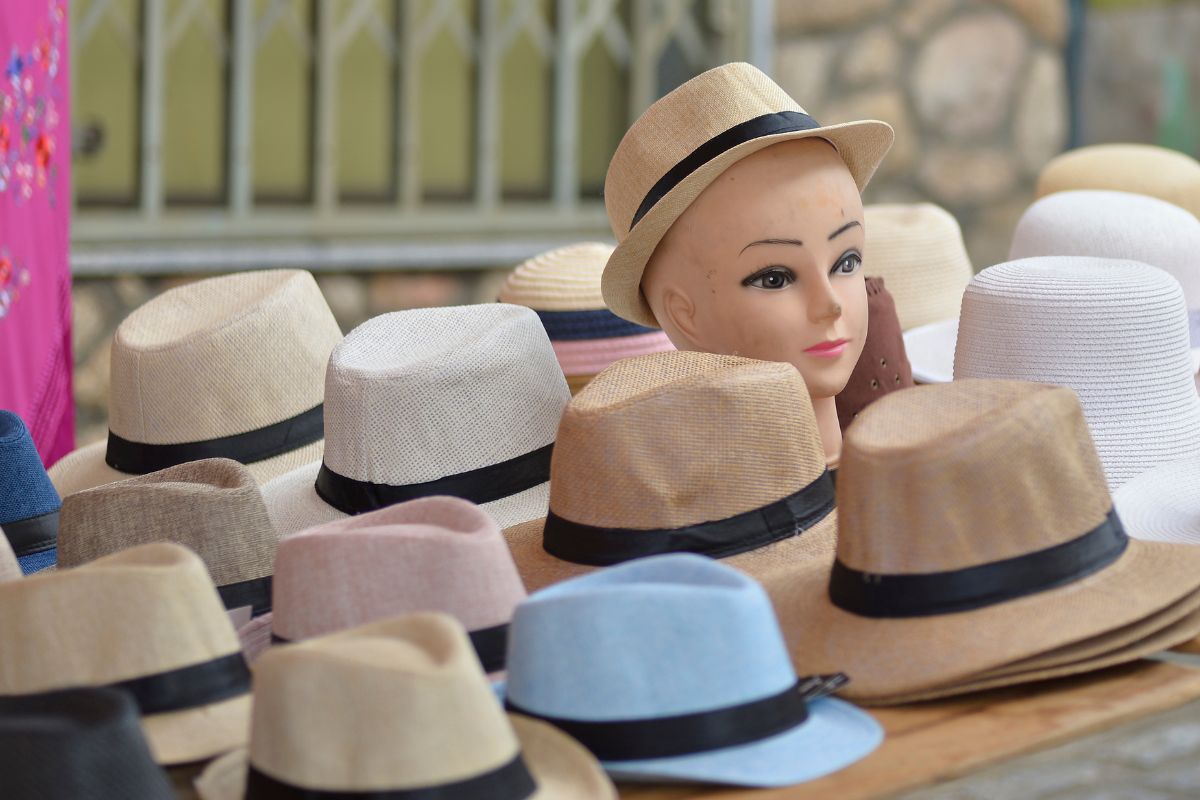
When you enter the business of custom hats, effective marketing and brand building are your keys to standing out. Your ability to communicate your brand’s unique value and design sensibility can turn a creative passion into a profitable enterprise.
Building a Brand
Your brand is more than your logo; it encapsulates your hat design’s essence and the story behind it. Craft a compelling brand identity that resonates with your target audience. This identity should be consistently applied across all your marketing materials, from your website to your social media profiles. Bold visuals and a memorable tagline can help solidify your presence in a crowded market.
- Develop a Unique Selling Proposition (USP): What makes your hats special? Identify this and make it a centerpiece of your branding.
- Create a Cohesive Visual Style: Choose colors, fonts, and imagery that reflect your brand’s personality and use them consistently.
Marketing Strategies
Your marketing strategy should mix traditional methods with innovative tactics to reach a broad audience. Invest in professional photos of your hats and use storytelling to share the inspiration behind your designs. Social media platforms offer a cost-effective way to engage with potential customers, while collaborations with influencers can introduce your brand to new demographics.
- Use Social Media to Your Advantage: Platforms like Instagram and Pinterest are visual-centric and can showcase your designs effectively.
- Craft Engaging Content: Share customer testimonials, behind-the-scenes peeks, and hat styling tips to create value beyond the product itself.
Remember, authenticity in your marketing efforts will foster trust and loyalty among your customers, turning them into brand ambassadors for your custom hats.
Frequently Asked Questions
In this section, you’ll find answers to common inquiries on how to create distinctive and appealing hat designs. Whether you’re aiming for functionality or fashion, these guidelines will assist in bringing your hat concepts to life.
What are some creative ways to draw hat designs?
Start by considering different mediums, such as digital software that offers versatile tools or traditional sketching for a more tactile approach. Exploring various artistic styles can also lead to unique creations in hat design.
What are unique hat design ideas that stand out?
Integrating unexpected materials and textures or incorporating cultural and historical inspirations can result in hat designs that capture attention. Personalization with custom embroidery or one-of-a-kind patterns also makes for stand-out headwear.
How can one tailor a hat design to be more masculine?
Consider adding elements such as darker color palettes, geometric shapes, or materials like leather which often convey a masculine aesthetic. The silhouette of the hat can also reflect masculinity, with structured designs like flat caps or trilbies.
What design elements work well for women’s hats?
Soft curves, delicate details like lace or ribbon, and a varied color range including pastels tend to suit women’s hat designs. Feminine touches could also include floral patterns or subtle embellishments that add elegance without overwhelming.
What should be considered when creating a hat design for children?
Safety is paramount, so avoid small parts that could become choking hazards. Choose bright colors and playful motifs that appeal to kids, and ensure the materials are durable and easy to clean for practicality.
What are the guidelines for the proper sizing of designs on baseball hats?
The design should be proportionate to the hat, generally not exceeding 2.5 inches in height to maintain visibility and aesthetic balance on the front of the cap. For the sides and back, keeping designs within a 1.5-inch height ensures they integrate well with the hat’s overall look.

